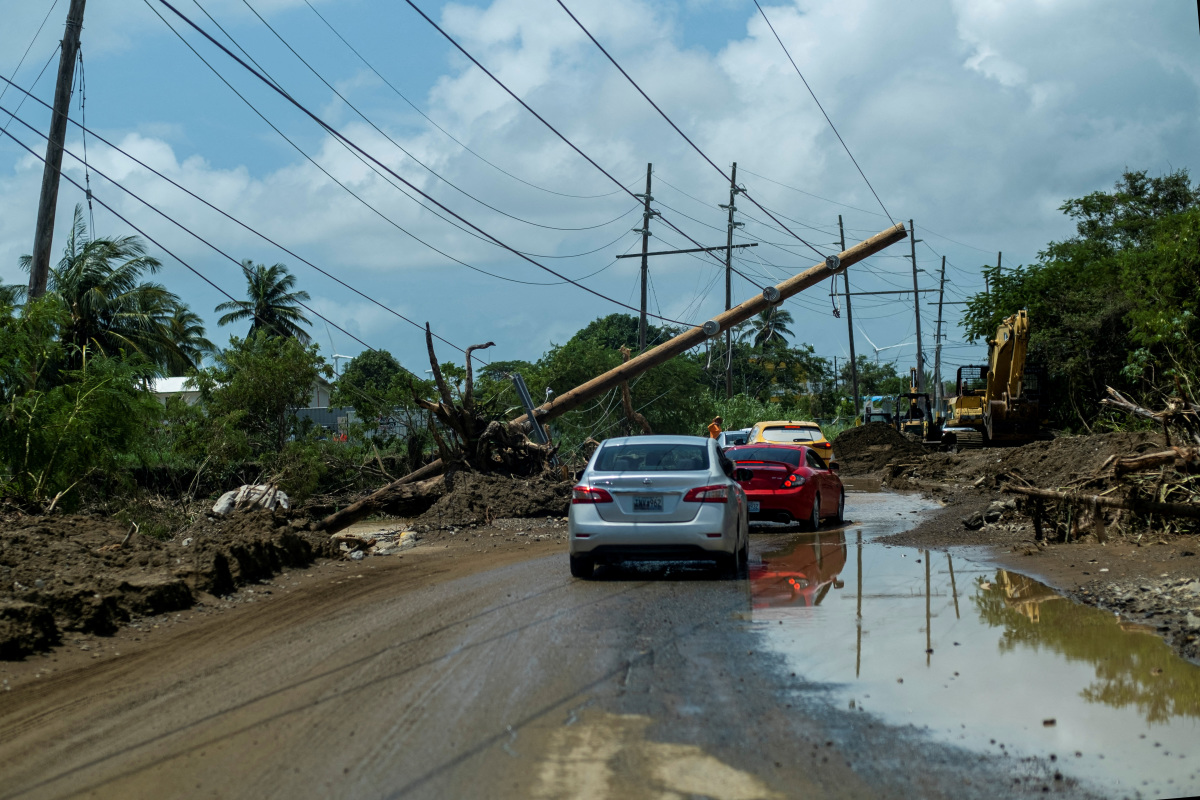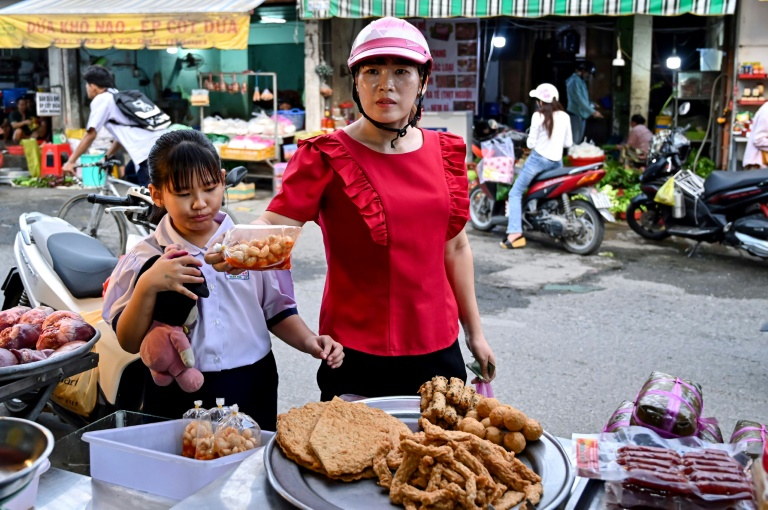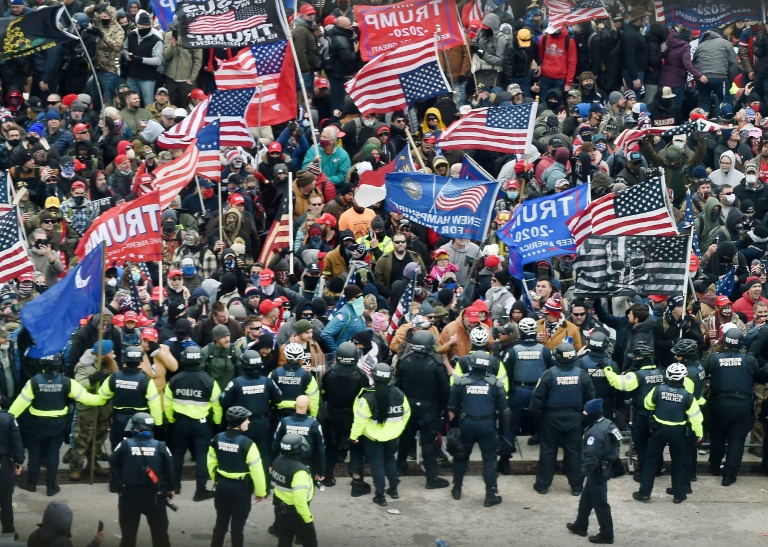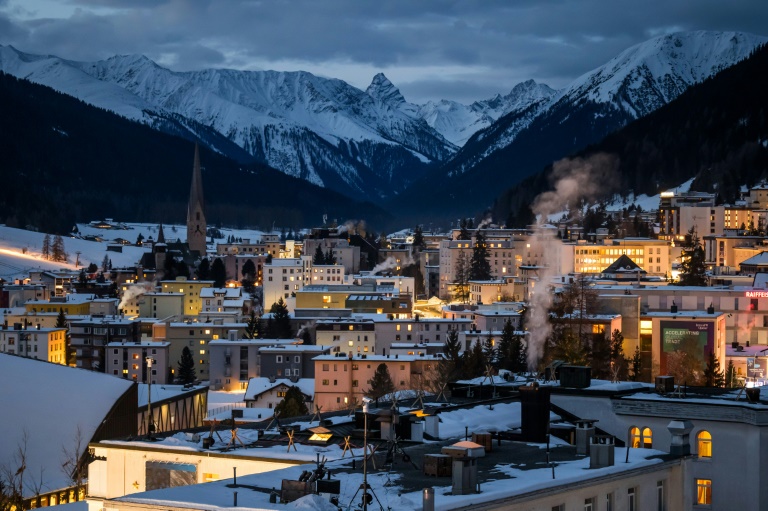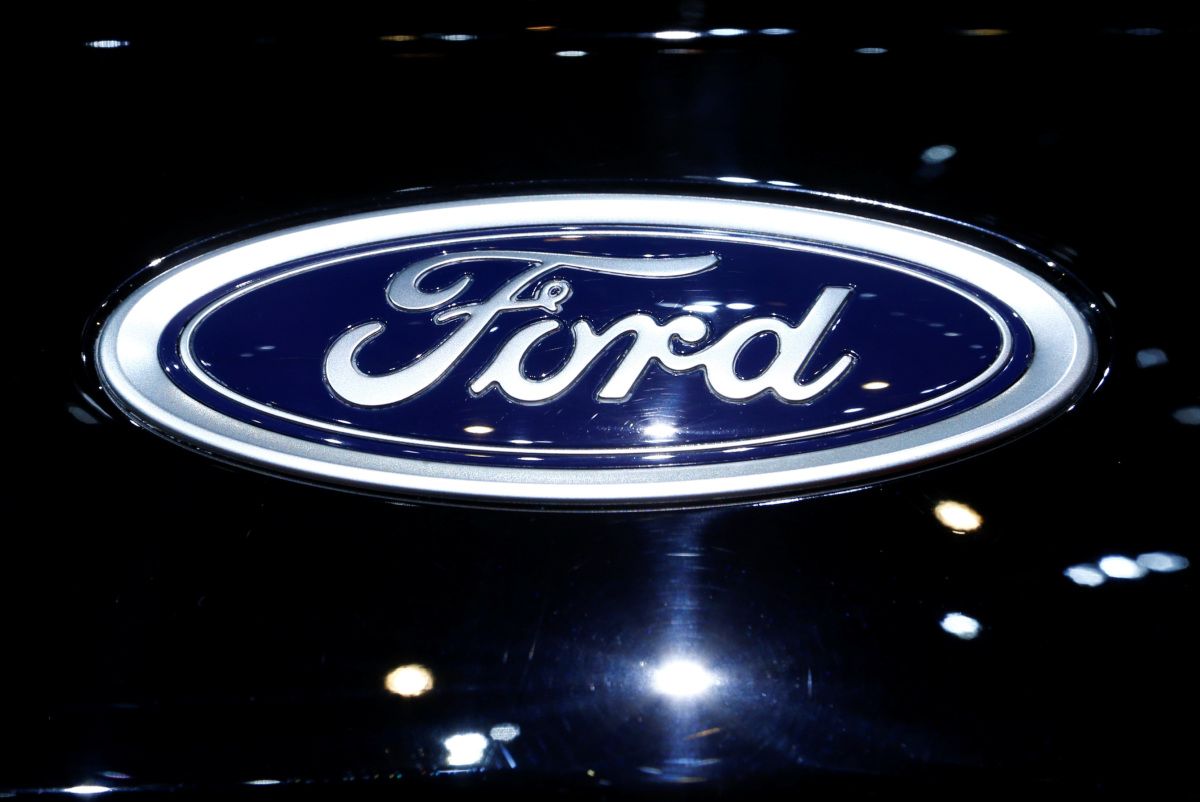Puerto Rico’s widespread power outages caused by Hurricane Fiona have led to cascading energy problems for the island, where fuel distribution limitations and surging demand for fuel to run backup generators has left many gas stations dry.
An estimated 926,500 homes and businesses were without power in Puerto Rico on Friday morning, five days after Hurricane Fiona knocked out electricity to most of the island.
Residents have formed kilometer-long lines outside of gas stations, hoping to obtain diesel to power home backup generators, according to a Reuters witness.
“Those of us who live in the mountains are used to having our water and electricity go out every day,” said Shamir Martinez, who lives in a rural area of the San Juan suburb of Bayamon. “Now, the whole country knows what we go through and nobody does anything.”
Fiona hit Puerto Rico on Sunday, five years after Hurricane Maria knocked out all power on the island.
Estimates by PowerOutage.us said 926,500 customers, out of 1.47 million total, were without service on Friday. The figures are based on information from Puerto Rico’s grid operator LUMA Energy.
LUMA, a joint venture owned by units of Canadian energy firm ATCO Ltd and U.S. energy contractor Quanta Services Inc, said “full restoration could take several days.”
The pace of restoration since Fiona has been much faster than after Maria, where only 20% of customers had power even a month after the storm. At that time, the Puerto Rico Electric Power Authority (PREPA) was operating the grid.
It took PREPA about 11 months to restore power to all customers. Still, Maria slammed into Puerto Rico in 2017 as a Category 4 hurricane with winds of 155 mph, while Fiona hit as a Category 1 storm with winds of 85 mph.
The U.S. Federal Emergency Management Agency has so far attributed four deaths to Fiona in Puerto Rico. The official death toll for Maria was about 3,000.
PREPA still owns much of Puerto Rico’s power infrastructure, but LUMA won a contract to operate the grid in 2020 and started managing that system in 2021.
About $12 billion in federal funds, including $9.5 billion approved by FEMA, have been dedicated to strengthening Puerto Rico’s electrical grid since Maria.
Analysts say most of the electrical system work has involved restoring transmissions lines. Disagreements over how the federal money is spent, along with bureaucratic setbacks and the privatization of grid operations, have stalled progress on modernizing the system.
Some supermarkets had reduced hours due to lack of electricity or diesel for generators, raising concerns about the possibility of food shortages, local media reported.
Martinez, whose broken neighborhood roads still show the scars of Maria, said she and her neighbors’ practice with outages have taught them how to survive. If markets close, they can eat avocados, breadfruit and bananas from wild fruit trees, and there is a local “puddle” to cool off with.
“One day at a time,” she said.
GRAPHIC: Puerto Rico power restoration process (https://fingfx.thomsonreuters.com/gfx/ce/znvnewyampl/Pasted%20image%201663957394778.png)

